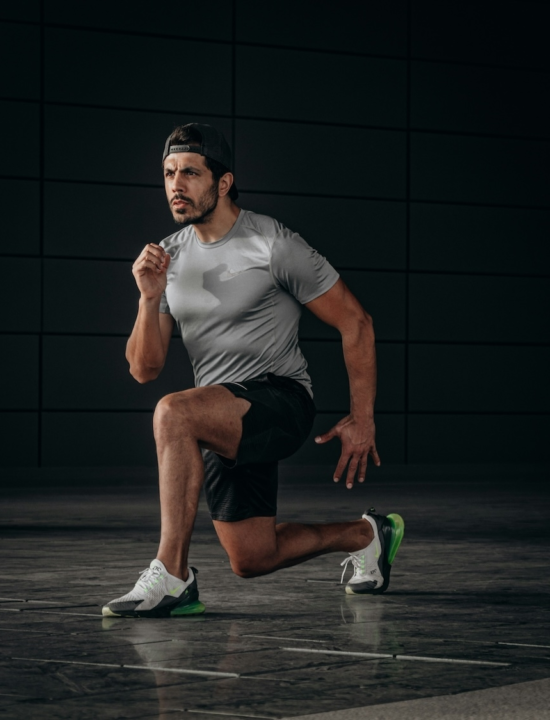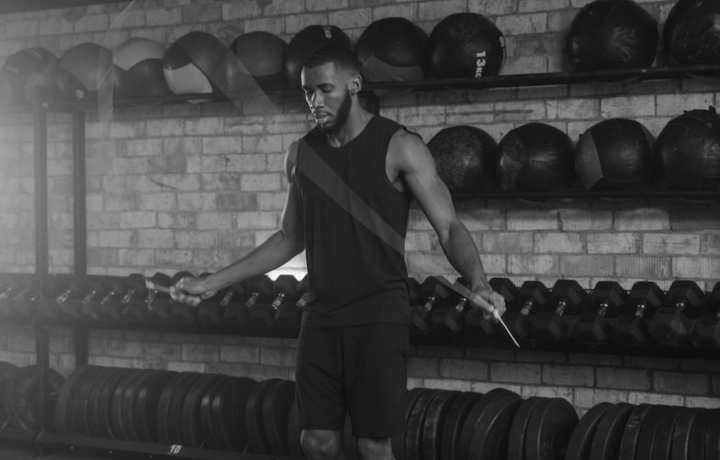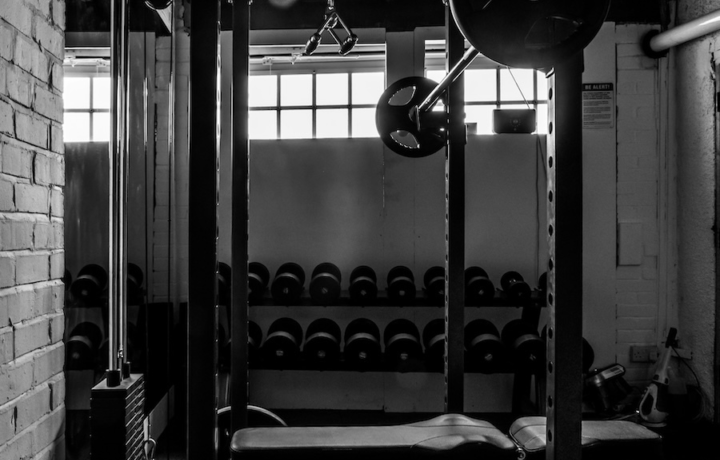What Is HIIT? A Beginner’s Guide to High-Intensity Interval Training
High-Intensity Interval Training, better known as HIIT, has become one of the most talked-about methods in fitness. But what exactly is HIIT, and why is it so effective for burning fat, building endurance, and getting results quickly?
Whether you’re completely new to working out or just curious about how HIIT compares to traditional cardio, this beginner’s guide will give you a complete overview. We’ll explain what HIIT is, how it works, its key benefits, and how to start safely. By the end, you’ll know whether HIIT fits your training goals and how to begin your first session with confidence.

Short bursts of effort, followed by rest—this is the heart of HIIT
Definition and core principles of HIIT
HIIT is a training method that alternates between intense bursts of activity and fixed periods of low-intensity recovery or complete rest. For example, 30 seconds of sprinting followed by 60 seconds of walking. These intervals repeat over a set period, usually between 10 to 30 minutes.
Unlike traditional steady-state cardio (like jogging for 45 minutes), HIIT pushes your body to its limits in short, sharp doses. It maximizes calorie burn and triggers physiological adaptations with less overall time commitment.
Shorter workouts, bigger impact: how HIIT changes the game
How HIIT differs from steady-state cardio
Steady-state cardio involves maintaining a consistent pace over time. It’s great for building endurance but can be time-consuming. HIIT, on the other hand, offers:
- Higher calorie burn per minute
- Improved EPOC (Excess Post-Exercise Oxygen Consumption), meaning you burn more calories even after your workout ends
- Better preservation of muscle mass when paired with resistance movements
- Greater improvements in VO2 max and metabolic flexibility
HIIT isn't necessarily “better” for everyone, but it's more efficient when time is limited and intensity is the goal.

The science-backed perks of pushing your limits
Benefits for heart health, fat burn, and metabolism
When you think of short, intense workouts that deliver real results, HIIT often tops the list. But it’s more than just a fitness trend: it’s a science-backed approach that conditions your entire body in less time than traditional cardio. By alternating periods of maximum effort with short recovery phases, HIIT creates a powerful physiological response. The result? You burn more calories in less time, recover faster, and challenge both your aerobic and anaerobic systems. But the real magic lies in what happens after your session ends. Let’s break down the key benefits that make HIIT a game-changer for your health and performance:
- Heart health: HIIT improves cardiovascular function by training your heart to recover quickly
- Fat loss: You’ll tap into both aerobic and anaerobic systems, ideal for burning stubborn fat
- Metabolism: HIIT can increase your resting metabolic rate for up to 24–48 hours after the workout
- Insulin sensitivity: Regular HIIT has been shown to help regulate blood sugar levels
No, HIIT doesn’t mean puking in a gym corner
Common myths and misconceptions
HIIT tends to carry a reputation: brutal, extreme, and only for elite athletes who like collapsing in puddles of sweat. But let’s be honest, most of these ideas come from TikToks of people dry-heaving after burpees. Let’s bust some myths and bring HIIT back down to earth:
- Myth: You need to go all-out every session
Truth: Unless you're training for the next Marvel reboot, you don’t need to max out every time. High intensity is relative—what’s intense for a beginner might be a brisk walk with short sprints, not a 60-minute death circuit. - Myth: HIIT is only for fat loss
Truth: While HIIT is great for shedding fat (hello, afterburn effect), it also boosts mental toughness, cardiovascular endurance, and overall athletic performance. Think of it as a Swiss army knife, not just a fat-burning flamethrower. - Myth: HIIT replaces strength training
Truth: Doing jump squats doesn’t mean you’ve checked off leg day. HIIT can support your strength training, but it’s no replacement for lifting heavy stuff on purpose. It’s the sidekick, not the hero.

Listen to your body and progress smartly
Who should and shouldn’t do HIIT
HIIT can be adapted for most fitness levels, but it’s not for everyone: especially not every day. You might want to avoid HIIT or consult a medical professional if:
- You have existing heart or joint conditions
- You're recovering from injury
- You're pregnant or postpartum without clearance
Beginners should start with just 1–2 HIIT sessions per week to allow for recovery and build a solid fitness base.
Frequently asked questions about HIIT
A good place to start is a 1:2 or 1:3 work-to-rest ratio. For example, 20 seconds of effort followed by 40–60 seconds of rest. This helps you build capacity without overtraining.
Yes—especially when paired with a healthy diet. The combination of high calorie burn and afterburn effect makes it an efficient fat-loss method.
No, HIIT is taxing on the nervous system and muscles. Most people benefit from 2–3 sessions per week, alternating with low-intensity or strength-focused workouts.
Not at all. Many HIIT routines use bodyweight-only exercises like jump squats, mountain climbers, and burpees. As you progress, you can add dumbbells, resistance bands, or machines.
15–20 minutes is a great starting point. With proper intensity, that’s more than enough to trigger cardiovascular and metabolic adaptations.
Built for progress
Take the guesswork out of training
Create personalized AI-powered workout plans that evolve with you. Train smarter, track every rep and keep moving forward, one workout at a time.






HIIT is simple, powerful, and beginner-friendly
Final thoughts
You don’t need a gym membership or an elite fitness level to benefit from HIIT. With the right approach, it’s one of the most effective ways to improve your endurance, health, and body composition in less time than traditional workouts.
Explore more beginner-friendly training options
Related workouts & routines
Get inspired and motivated








